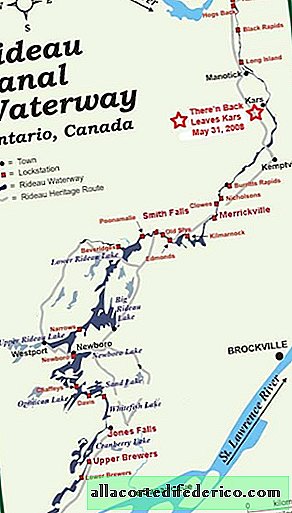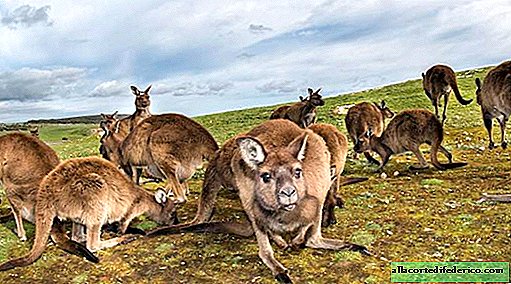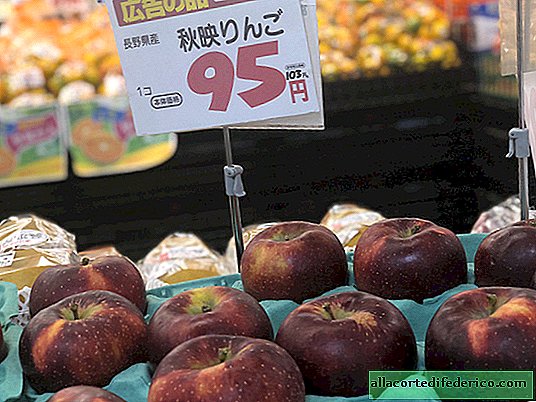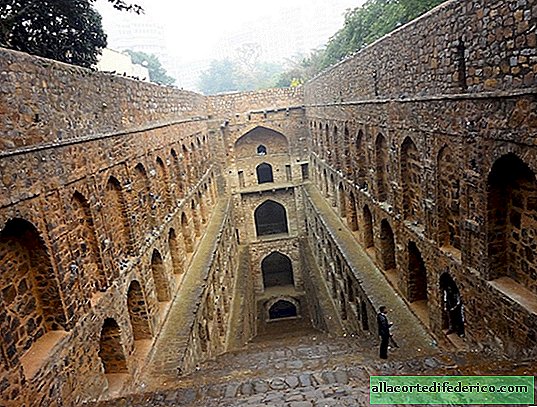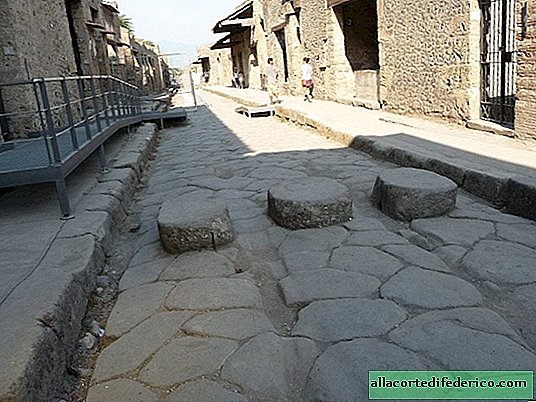Why rice fields are flooded when rice grows well on ordinary soil
Everyone knows that rice is grown in fields flooded with water. It can be flat agricultural plantations or picturesque terraces characteristic of mountainous areas. But the invariable attribute of rice fields is water. It turns out that rice plantings are poured not at all because this crop needs such an enormous amount of moisture, but one of the breeding directions is the cultivation of varieties resistant to decay. Why, then, do rice have such a “swamp life”?
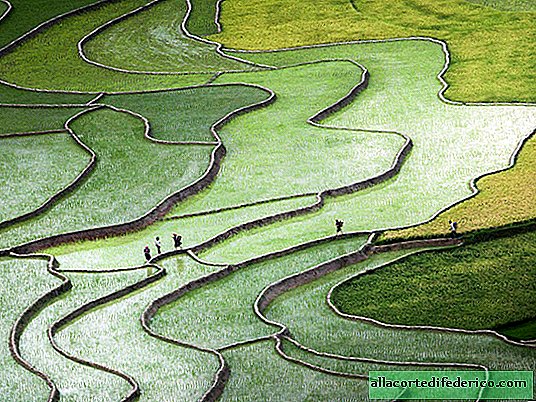
The history of rice farming has more than 7000 years, and the number of varieties of this cereal is simply amazing. In China alone, there are about 8,000 varieties of rice. This crop ranks first in the diets of most Southeast Asian people, and rice production itself is the backbone of many economies in the region.

The largest amount of rice in the world (over 140 million tons) is grown annually in China. It is followed by India, Indonesia, Bangladesh and Vietnam. In addition to Asia, rice is very popular in Brazil, and in this country it is also successfully grown, although the scale is somewhat more modest than Asian - only 12-15 million tons per year. Their rice plantations are available in the USA, Australia, Turkey and even in Russia. In our country, it is grown in Primorye and in the Krasnodar Territory.

Most countries use torrential or irrigation rice cultivation to grow rice. With this technology, rice is grown in flooded fields, and two weeks before harvesting, water is drained. As a rule, rice is first germinated in special boxes, and then germinated sprouts are planted on the field. In the countries of Southeast Asia, this is done manually, and in the USA, for example, they practice sowing seeds directly into the ground. Moreover, aviation is most often used.

But the fields are not flooded at all because rice needs so much moisture. Although wild forms of rice, on the basis of which modern varieties were bred, grow in humid places, for modern varieties, constant presence in the water is not necessary. But in this way, farmers fight weeds that reduce crop yields. Rice itself is a hygrophilous plant and can tolerate being in a flooded place. But most weeds cannot survive in such conditions. Some countries practice dry rice farming. With this technology, rice is grown in ordinary, non-flood fields. And it feels great there. True, its yield is somewhat lower, but not because of a lack of moisture, but because of annoying weeds.

It turns out that torrential rice growing is cleaner from an environmental point of view. Of course, fertilizers and pesticides, special means for pest control, are also used on water-flooded fields. But, at least, in such fields there is no need to apply herbicides - drugs designed to combat weeds.






